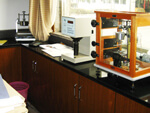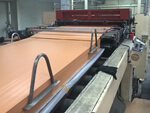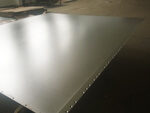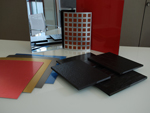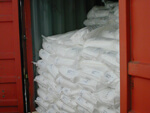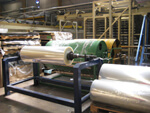KNOW-HOW, MACHINERY AND MATERIALS FOR THE FURNITURE INDUSTRY
_RELEASE BOPP, PE PLASTIC FILM, POLYESTER PLASTIC FILM
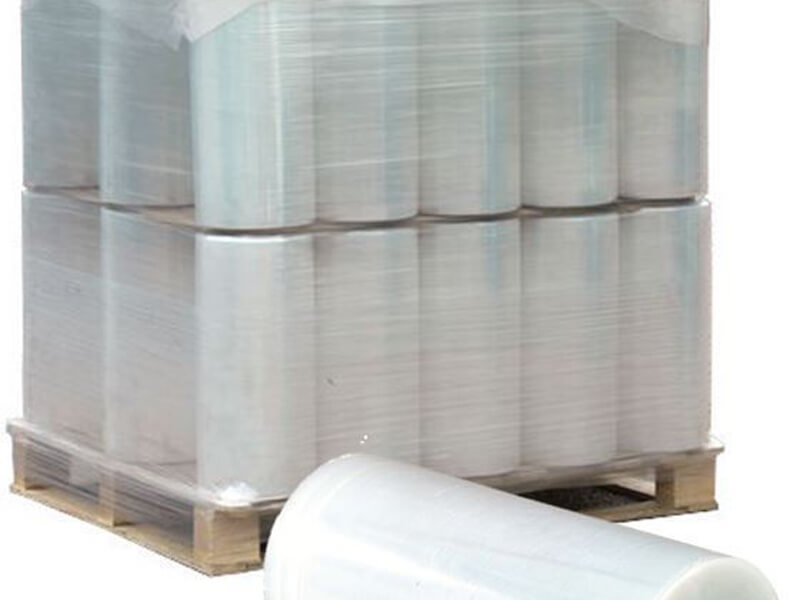
BOPP can be used as a parting surface in the production of HPL. It can be used in different widths, depending on the number of times that the end user is equipped to re-use the sheets. Good BOPP quality is relevant in optimisation of costs and working times.
| Nominal thickness | µ | 12 15 20 25 30 40 | |
| Weight per unit area | g/m2 | ISO 4591 | 10.9 13.7 18.2 22.8 27.3 36.4 |
| Density | g/cm3 | 0.91 | |
| Yield | m2/kg | 91.6 73.3 55.0 44.0 36.6 27.5 | |
| Coefficient of Friction, (dynamic)film (treated/untreated) film to | ISO 8295 | <0.5 | |
| Wettability (min Treatment level) | mN/m | ISO 8296 | 37 |
| Haze | % | ASTM D 1003 | 1.4 1.6 1.8 1.8 1.8 1.8 |
| Gloss (45°) | % | DIN EN ISO 2813 | >90 |
| Tensile Strength MD TD | N/mm2 | DIN EN ISO 527-1/-3 | 150 250 |
| Elongation at Break MD TD | % | DIN EN ISO 527-1/-3 | 200 60 |
| Shrinkage MD TD | % | ASTM D 1204 120°C / 5min | 4 2 |
PE PLASTIC FILM and POLYESTER PLASTIC FILM are used to cover HPL to avoid scratches. It can be supplied in standard grade or heat-resistant, which is suitable for postforming HPL.

